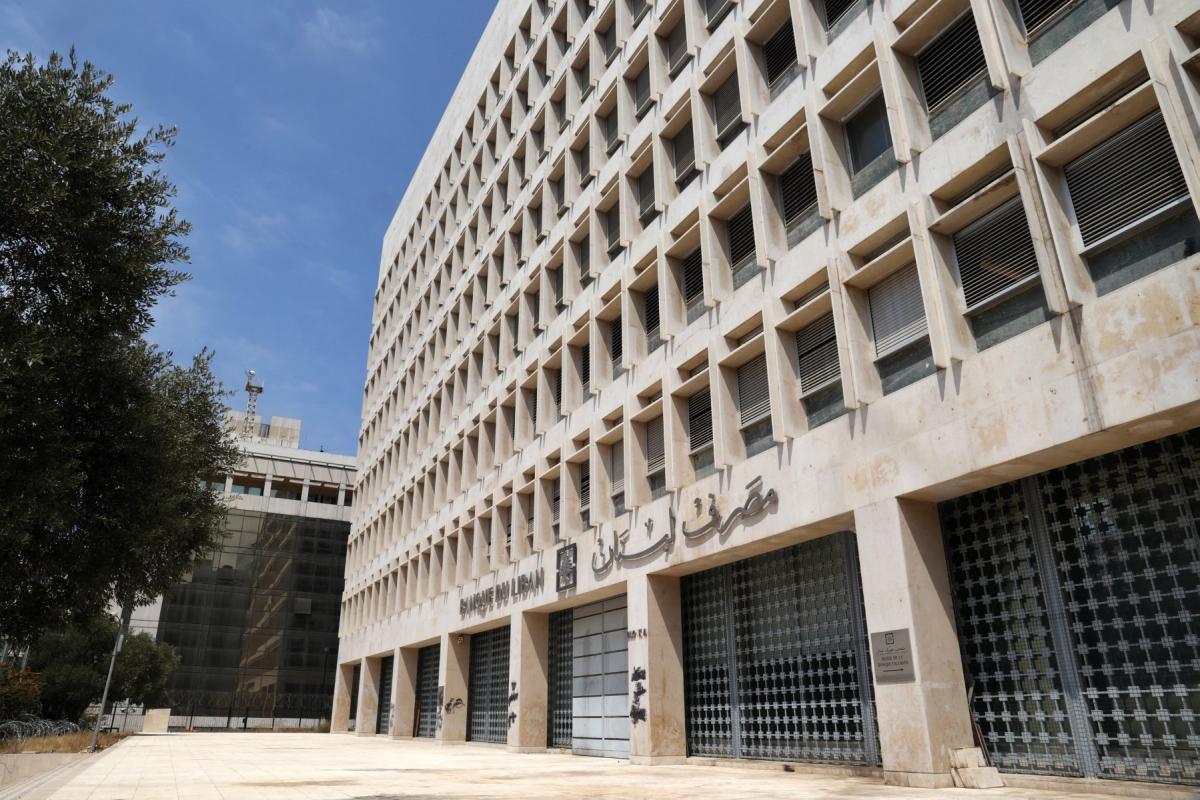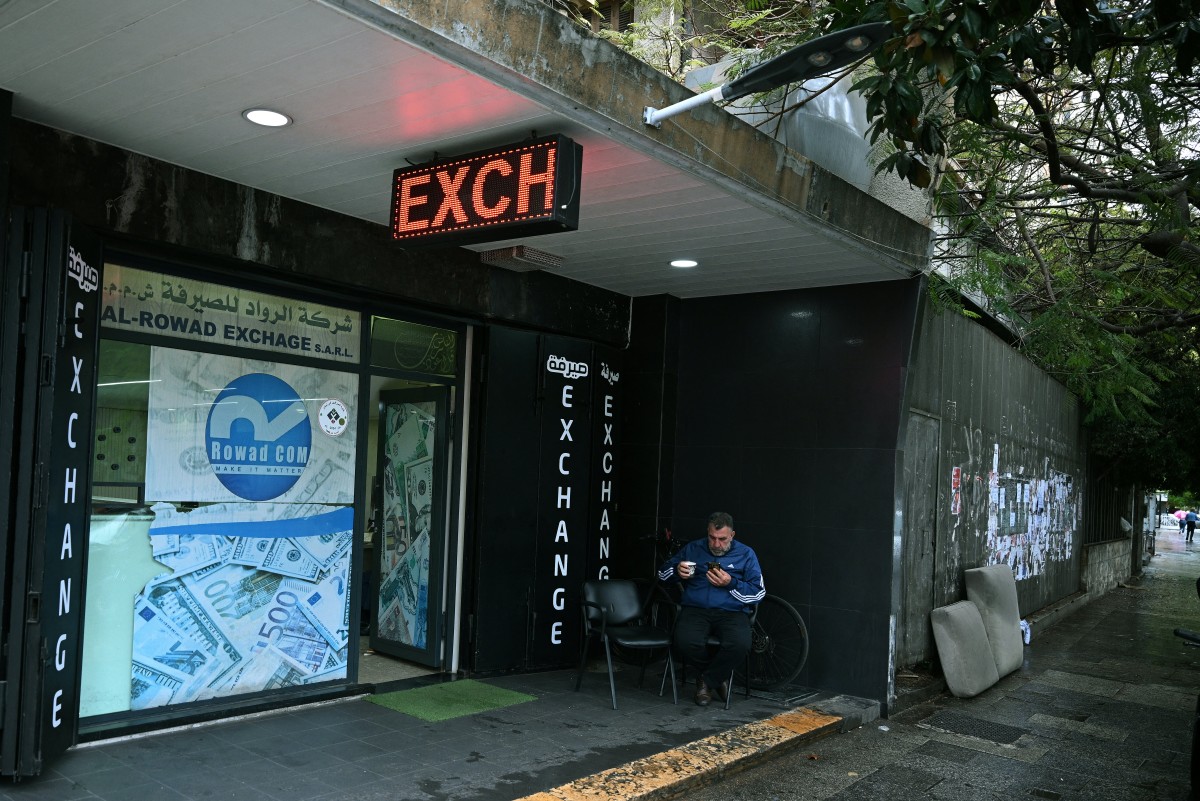
1

Article summary


Joe Saadeh
Excerpt from the article
Today marks the end of Al Safa News journey.
The company has chosen to shut down the site after etching its name among the ranks of credible platforms that showcase views across the full political spectrum—without endorsing any or dismissing others.
True to its core and mission, the site stayed independent. It never chased scoops but focused on fresh ideas, novel perspectives, or innovative takes on concepts ripe for renewal.
Its founder, the late Iskander Adib Safa, envisioned an independent space for analysis and opinion—crafted in elegant language, free from vulgarity, personal attacks, or pandering. He wanted it to track the seismic shifts rocking the Middle East and support the rebuilding of the Lebanese state after years of collapse. He hoped contributors, each bringing their unique viewpoint and background, would offer constructive insights—through explanation, critique, or proper contextualization—to aid that process.
We took up the torch and carried on. As Chairman and General Manager—retired Brigadier General Muhammad Fahmi—along with board members and the editorial team, we stayed committed to the mission with unwavering integrity until the road's end.
We'll keep holding that torch, honoring the trust wherever our path leads.
Politics
Between the “Mechanism” and the Specter of War:...

Society
Promising Sectors, a Strained Economy: A...

Finance and Economics
Banks “Address” the Financial Gap Law—So the...

Politics
Lebanon Between an Impossible Solution and...

Finance and Economics
A New Financial Gap Law: Can Backfilling Repair...
